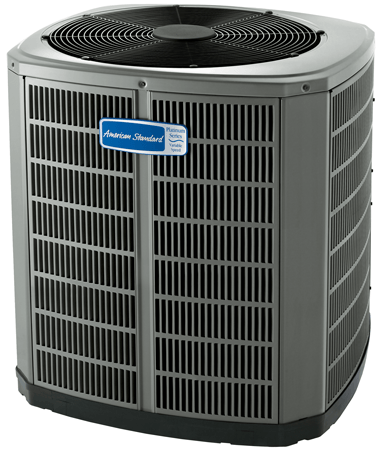High humidity levels don’t just feel uncomfortable, they’re also downright dangerous which is why reducing house humidity levels is important in preventing against many health complications.
The summertime can make you feel hot, sticky, and sweaty, sometimes even in the confinement of your own home. But it is possible to enjoy the time you spend in your home without feeling hot and sticky by improving your home’s air circulation and reducing house humidity. By following the tips listed below you should notice a great improvement to the level of comfort in your home.
Purchasing a dehumidifier
A dehumidifier does just what its name suggest, it reduces the level of humidity in your home and creates a more comfortable and cool environment. With a dehumidifier you can turn up the temperature on your thermostat and not sacrifice your comfort while also saving money on your monthly utility bills. Dehumidifiers range from small sizes meant for use in a single room to whole home dehumidifiers.
Use a charcoal briquette as a dehumidifier alternative
It might sound odd at first, but it actually works great!
Charcoal is a great absorber of humidity and a few bricks of charcoal placed around the house will suck the moisture right out of the air. The charcoal briquettes should be able to get the job done for three months until they need to be replaced with a new batch.
Proper ventilation
Steam can create a great deal of humidity, so when doing things like showering or cooking it’s important to not forget about proper ventilation to reduce your house humidity level. This can be achieved by opening the window while showering, turning on the fan, or by simply taking less time in the shower.
When cooking it’s equally important to turn on the fan or to cover any open pots to prevent condensation from forming.
You will find that by having fans in areas of high humidity you will create for a far more comfortable environment and avoid developing mold in your home.
Proper insulation
Your attic, basement, pipes, and windows all give easy access for moisture to enter your home if it is not properly and sufficiently insulated. Having these areas of your home properly insulated will reduce your monthly utility bill and your house humidity.
Windows can be insulated with the use of plastic wrap and cracks in any walls can be filled with caulking. Your walls can also be waterproofed with the use of products such as Xypex which can be applied to the wall like pain and provide waterproof protection.
You should also fix any leaking pipes and cover exposed pipes with insulation to prevent condensation from forming.
Check your air conditioner
A great way to decrease humidity in your home is to simultaneously raise the temperature on your air conditioner and turn on the fan. The temperature will rise as the humidity level lowers.
Maintaining your air conditioner’s drip pans and drain lines will also reduce house humidity. Keep these parts clear of any water build up and check up on them regularly.
Doing laundry efficiently
Washing and drying your clothes often results in a spike in house humidity levels. You can keep your home’s humidity level to a minimum by only using the washer and dryer when you have a full load of clothes. You can also avoid the use of a dryer machine by drying your clothes outdoors or indoors in a well ventilated area with a dehumidifier.
Move your house plants
In the process of photosynthesis, plants release moisture into the air. Having many plants in your home makes for higher humidity levels as well. Moving some or all of your house plants outdoors or watering them only when it’s necessary will reduce your house humidity.
Clean up any wet surfaces
Whether you’re washing dishes, taking a shower, or brushing your teeth, it’s inevitable that water will sometimes end up on the counter or floor, that’s okay as long as you clean up after yourself. The puddles that are left behind after using the sink or shower will result in moldy and rotten surfaces which can cause serious health hazards. Keep a cloth or sponge nearby to clean up these wet surfaces to keep your home safe and mold free.
Clean your gutters
Indoor water leaks are often caused by unclean gutters. Cleaning your gutters is an important step in achieving a lower house humidity.
You should also ensure that your downspout is directed away from your home and extends at least five feet.
If you have any further questions regarding house humidity or any of your other HVAC needs, don’t hesitate to contact DeMark Home Ontario today to get the answers. If you’ve tried using the steps listed above to reduce your house humidity and the problem has not been solved, the problem might be your air conditioner unit. The features of your air conditioner which reduce humidity may be damaged or broken.
If you’re looking for a new air conditioner, we provide quick and efficient furnace service and replacement performed by our highly experienced and trained technicians. Give us a call at 647-847-2998 or fill out online request form and we will be happy to assist you with your request.
Easy Rentals...
The post How to Reduce House Humidity appeared first on DeMark Home Ontario Furnaces, A/C, Water Heaters.

No comments:
Post a Comment